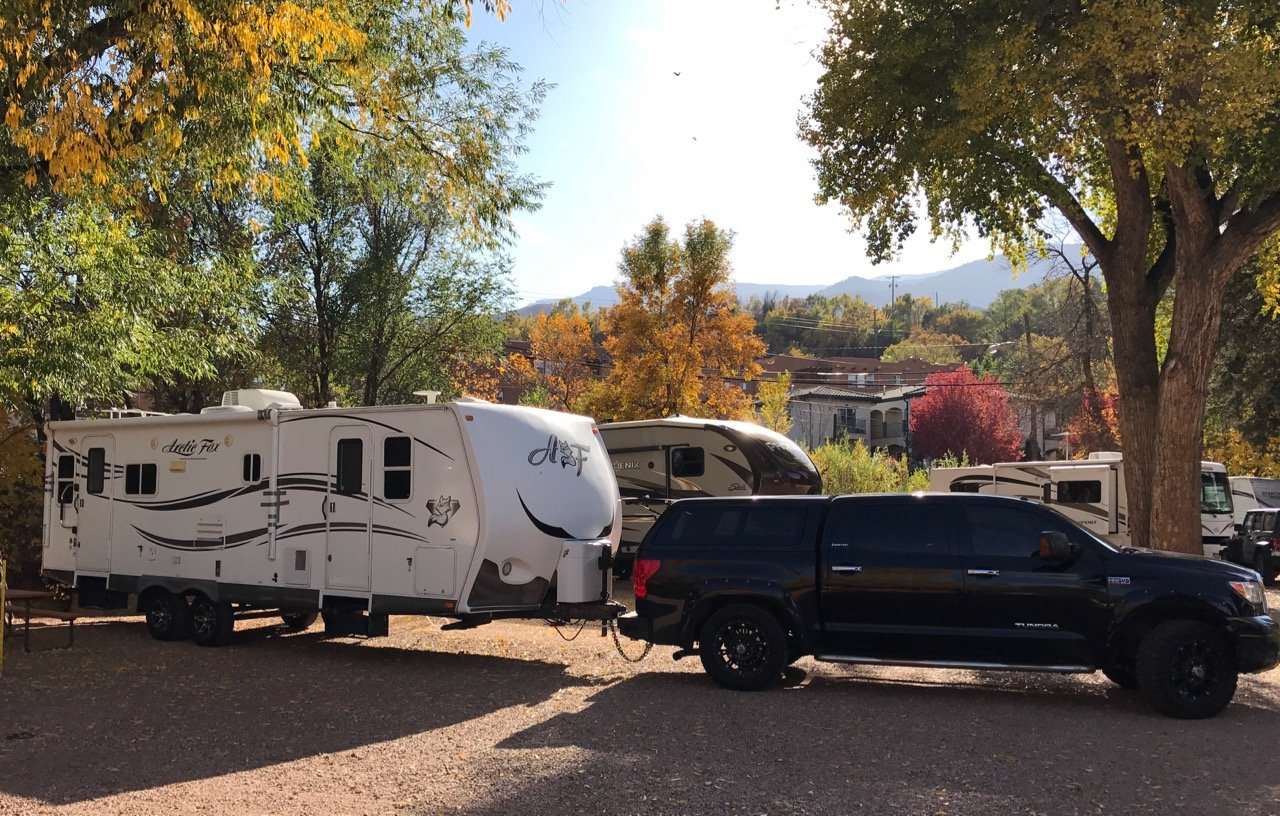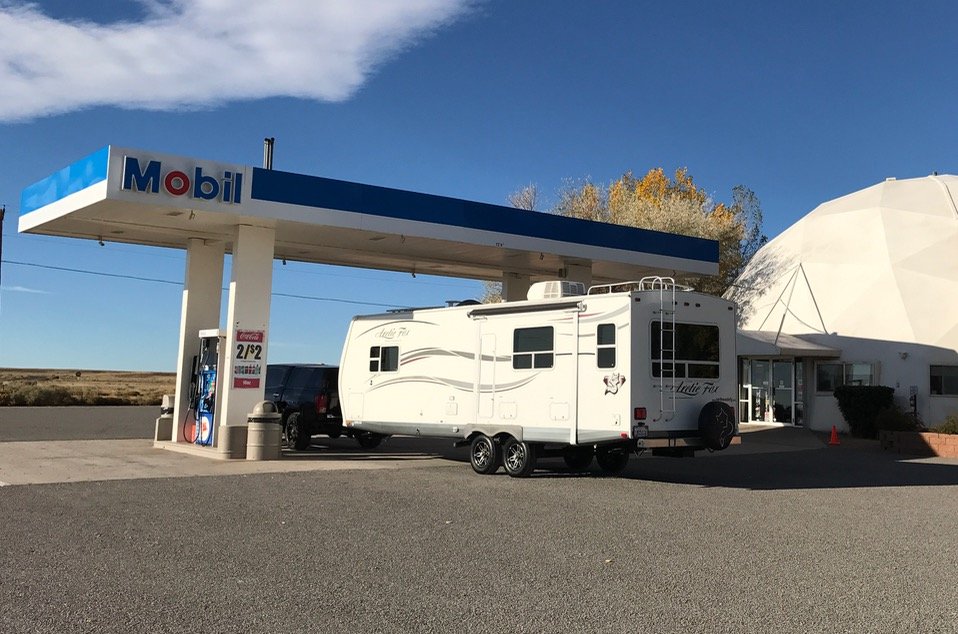AWNINGS! (Good gawd.) What are they good for?
First, the good news: I’m moving out of my apartment this week, and today I moved my first truckload of stuff into Miles! (I’m not moving into Miles full time yet, but am taking a pit stop with family for February because I didn’t want to start out during the coldest month of winter.) But … Read more




